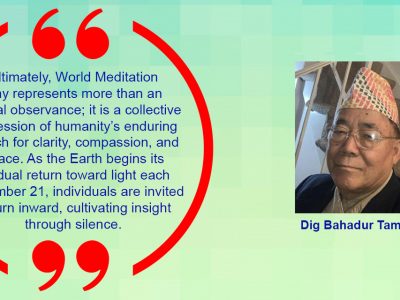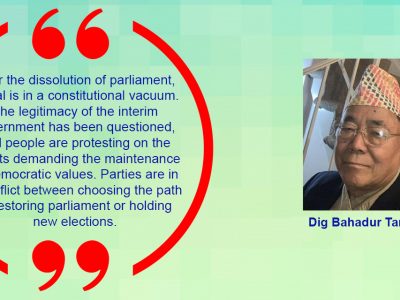Kartik Naach and the Art of Soft Governance
How a 17th-century performance in Patan transformed devotion into discipline and ritual into rule

November 4, Kathmandu. Today, the ancient square of Patan’s Charnarayan Temple came alive once again for the eighth act of Kartik Naach- a performance that has managed to outlast empires, earthquakes and even pandemics.
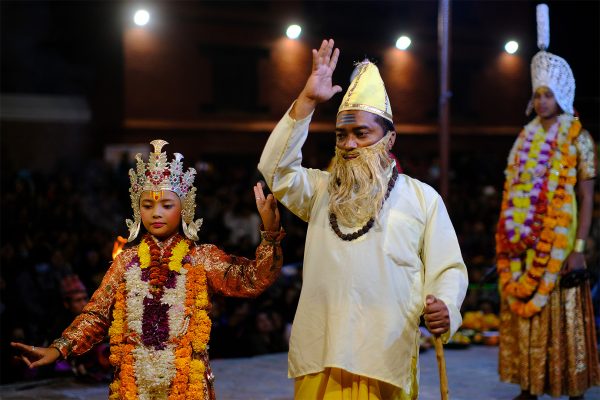
The King Who Wouldn’t Kill
Word has it that back in the mid-1600s when King Siddhi Narsingh Malla was on the throne, a major disaster hit his kingdom. The royal priests advised him to call upon the divine, specifically the very intimidating half-man half-lion “Narashimha” incarnation of Vishnu, by offering up a Narabali (human sacrifice). The thinking was that the spirit could be ‘captured’ and persuaded to solve the problems. But King Malla proved to be different, he refused to have an innocent soul put to death. Instead with the help of some wise tantric practitioners he looked for another way to persuade the divine into showing up. Together they came up with an alternative approach, a ritual that could bring the divine presence through creative performance and meditation rather than through violence. And so in 1641 Devi Pyakha (or, Kartik Naach) was born.

By turning what might have been a heinous act of human sacrifice into something beautiful to watch, king Malla turned the tide of history. Instead of bloodshed he got art, and instead of fear he got faith. His bold move raised his moral values and gave his kingdom a reputation for being finely attuned to the spiritual. He’d balanced power with compassion, creating a narrative that a ruler didn’t need to be just brutal to be effective. And the performance itself became a story of real power in that it merged the mystical, the dramatic & the authority of a king into one single, magnificent act of sacred politics.
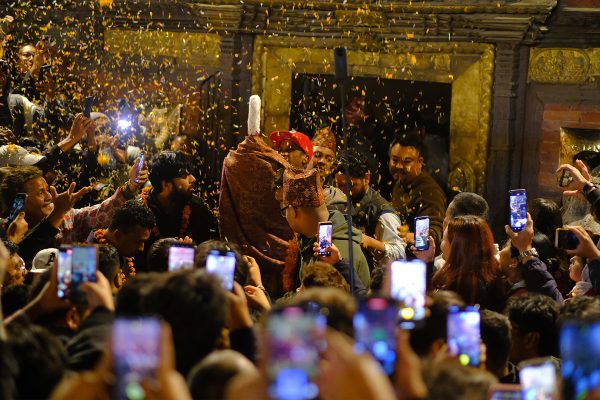
Festivals as Instruments of Peace and Order
Kartik, the month following the harvest season when people finally had a break from hard work. The fields were at rest and that meant the neighbourhood was free from their daily grind. Of course, when people suddenly find themselves with a lot of time on their hands, it can be absolutely sure that social tensions, drinking, and average amount of gossip tends to increase. The Malla rulers were well aware of this: that keeping the peace wasn’t just about having a set of laws in place but also keeping an eye on the control and flow of people’s daily lives. So, the palace did what most smart people have done down the centuries, they organized a cultural event to keep people engaged. Kartik Naach was timed perfectly to take place between the end of harvest season and the start of the long winter ahead. It brought joy, excitement and a sense of everyone being in it together, at a time when boredom could easily have morphed into some serious conflicts.

The Kartik Dabli where this dance took place, was also a great vantage point for the palace to keep an eye on what’s going on with the crowd. They could observe the mood of the people and get a sense of negativity and positivity among the groups of people. And the beauty of it all was that this was all done in a way that didn’t look too much like ‘big brother is watching you’- the rulers and officials were able to monitor things while still appearing festive and benevolent. And of course the plays themselves were full of moral messages. Each one was a reminder that good would always triumph over bad, that devotion would be rewarded and that pride would get its comeuppance. Through these stories, the rulers were able to program some very important values to the public, like the need to be obedient, humble and after all in a way that was far more effective than any royal order.
So Kartik Naach ended up being a bit of a soft governance experiment. It kept the public’s mind occupied, taught them a thing or two, gave them something to enjoy, and helped keep everyone on the same page, all without the need for any punishment or coercion.
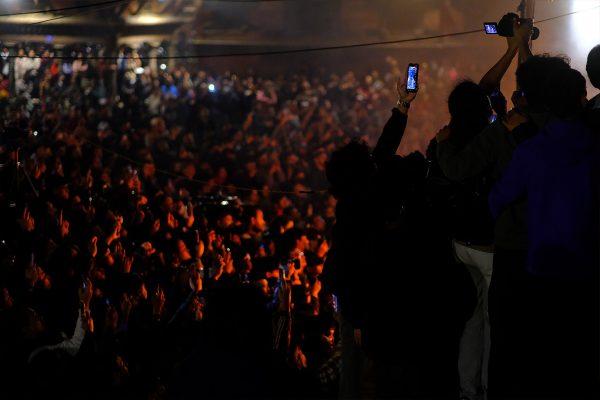
When Ritual Becomes Rule
Anthropologists such as Victor Turner and Clifford Geertz have shown that rituals are a lot more than just a superficial display. Turner liked to think of them as “social dramas”, moments when communities really act out to resolve internal conflicts and tensions. Geertz, on the other hand, saw them as a bit of a quick look or a blueprint of how society operates.
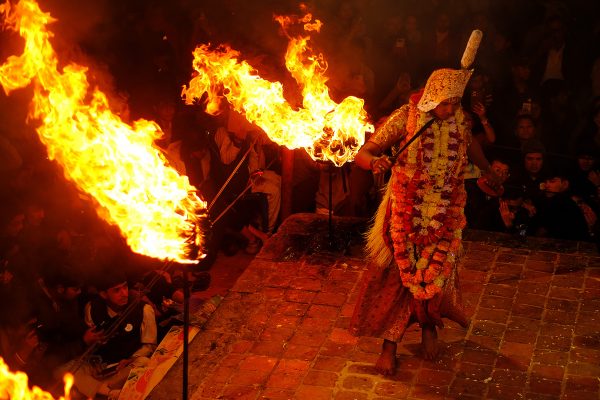
Kartik Naach, when looked beyond religious angle, fits perfectly within this anthropological understanding. It is a powerful social performance that sustains order. The king’s symbolic presence helped to bless the whole stage, while the crowd joining in was a great way for them to remind themselves of them belonging to the kingdom’s way of life; its moral code and all that. The performance was where power really became something that the people could grasp and experience. The people would smoothly internalize the moral ethics that the performance taught them, in the form of religious stories. It also helps them internalise what the ‘rules’ are and what’s expected of them. The ritual becomes a living constitution that gets renewed every year, and it does it in a way that’s so compelling that people can’t help but learn from it, about faith, discipline and loyalty. And it does it all through an interesting style, much different from gazetted publication.
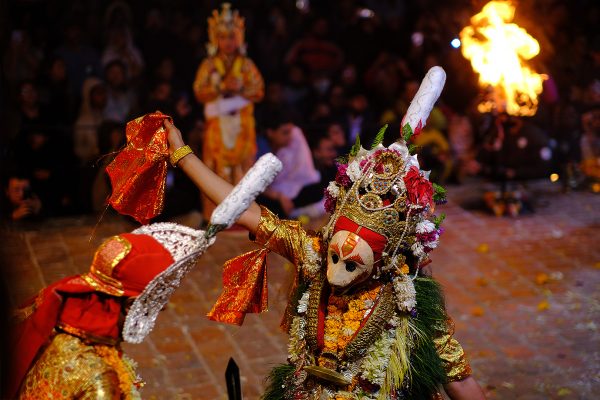
Even all these years later, when the Kartik Naach showcases masked avatars of Vishnu, the echoes of that deep wisdom are still there. The performative act may no longer be about serving up royal approval, but it still plays a huge role in keeping harmony in society. Nevertheless, Kartik Naach has been perceived as a way of preserving cultural practices, it is also a very powerful reminder that good governance comes from a culture that really values its existence, roots and traditions.
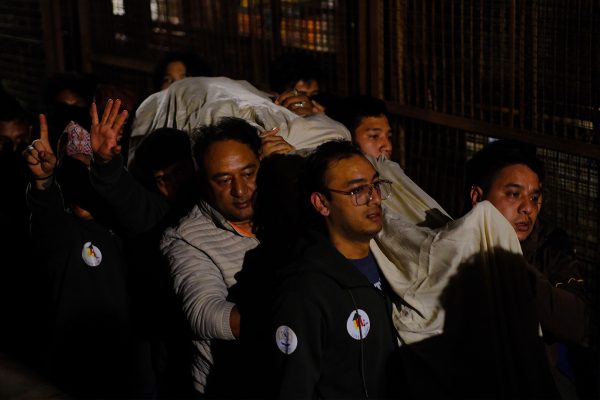
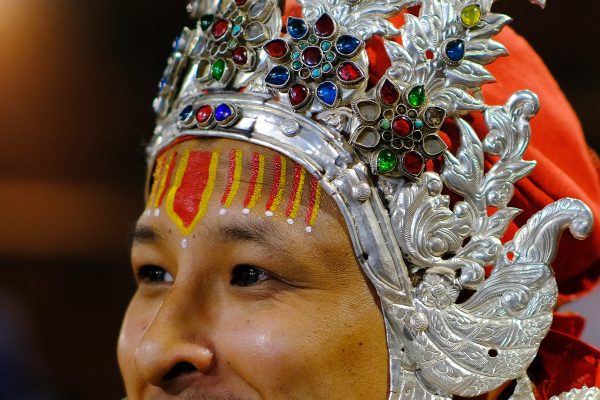
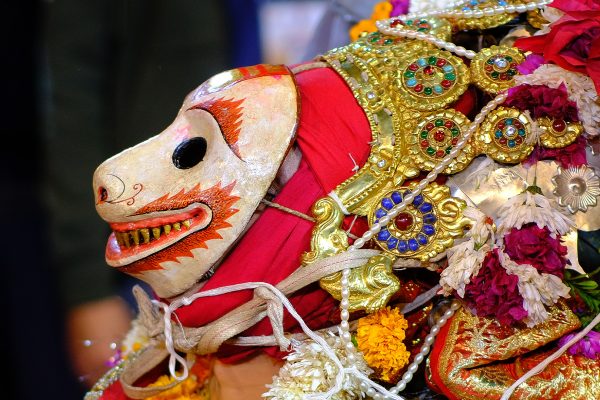
Facebook Comment
latest Video
Trending News
- This Week
- This Month








